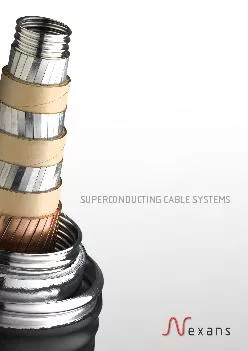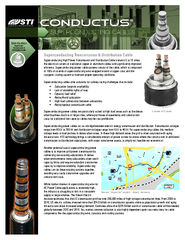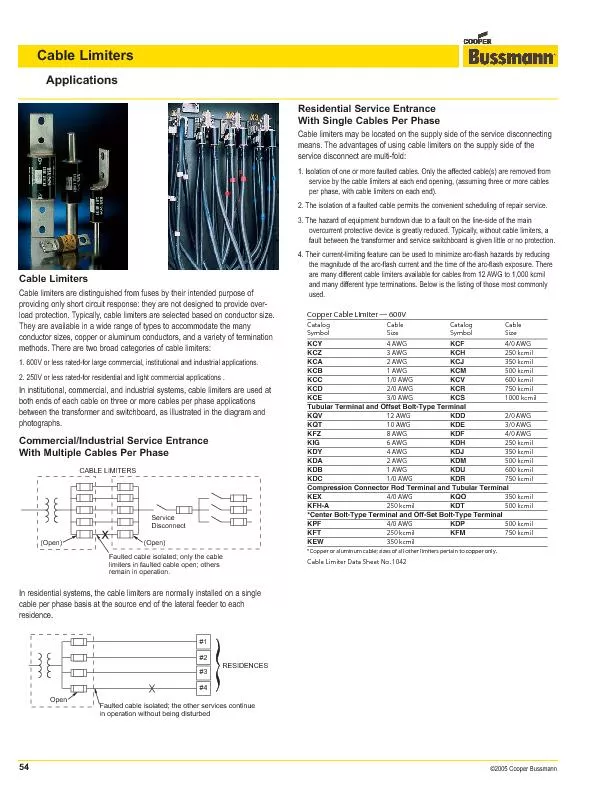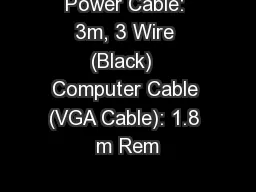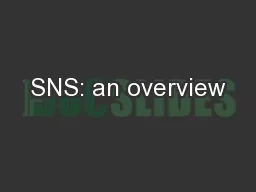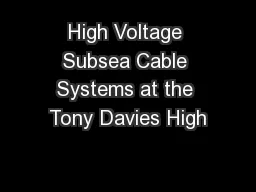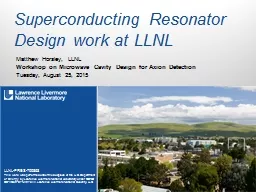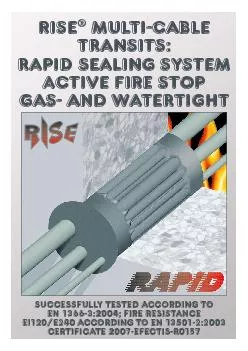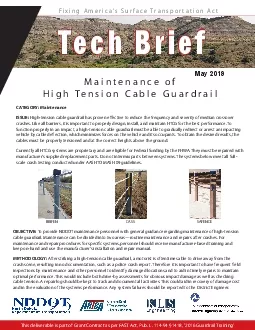PDF-SUPERCONDUCTING CABLE SYSTEMS
Author : giovanna-bartolotta | Published Date : 2015-11-07
YBCO YBa2Cu3O7 Y123 coated conductor with multilayer structure priceperformance ratio than number of buffer layers and multifilamentary structure in available in
Presentation Embed Code
Download Presentation
Download Presentation The PPT/PDF document "SUPERCONDUCTING CABLE SYSTEMS" is the property of its rightful owner. Permission is granted to download and print the materials on this website for personal, non-commercial use only, and to display it on your personal computer provided you do not modify the materials and that you retain all copyright notices contained in the materials. By downloading content from our website, you accept the terms of this agreement.
SUPERCONDUCTING CABLE SYSTEMS: Transcript
Download Rules Of Document
"SUPERCONDUCTING CABLE SYSTEMS"The content belongs to its owner. You may download and print it for personal use, without modification, and keep all copyright notices. By downloading, you agree to these terms.
Related Documents

